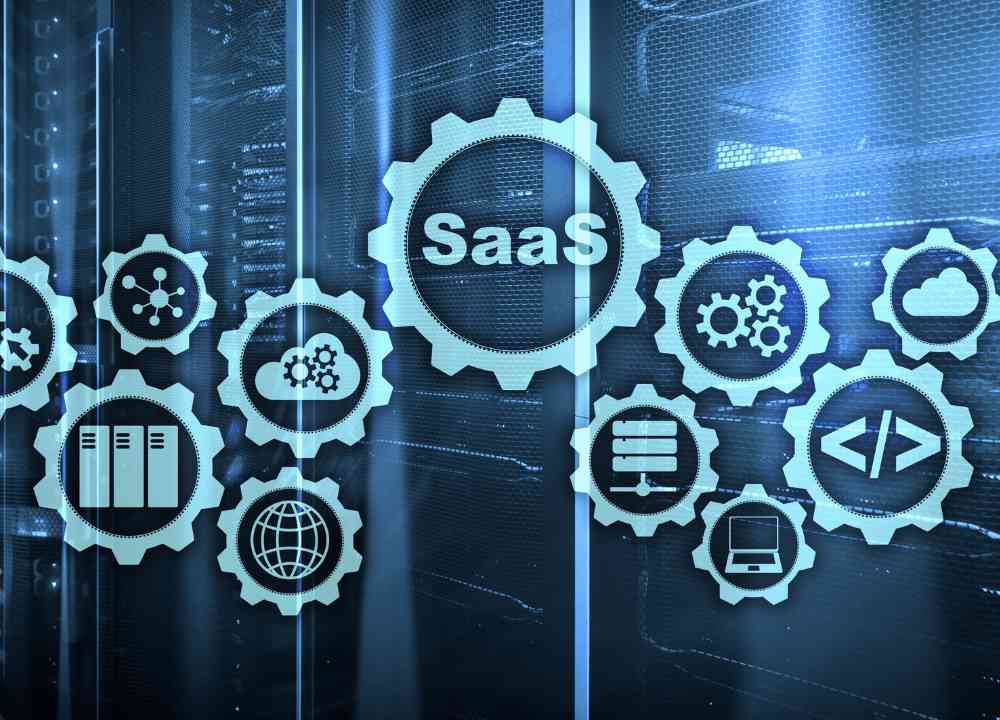A significant challenge facing businesses today is maximizing their benefits to the competition by delivering ever-advanced quality software developments. That’s where software development as a service (SDaaS) provides the solutions. SDaaS is a model whereby companies subcontract their software work to a third-party provider. However, what exactly is SDaaS, and what are some advantages of using this solution? Now we will look at the SDaaS in detail, understanding the pros and cons of the service and why or why not this service is your choice. Now go and get your cup of coffee and enjoy knowing all the benefits of software development as a service.
Table of Contents
- Understanding Software Development As A Service (SDaaS)
- Business Benefits of Outsourcing Software Development
- Key Components of SDaaS
- Tips for successful collaboration with a software development service provider
- Conclusion
Understanding Software Development As A Service (SDaaS)

SDaaS is a software development service model in which organizations can hire an outside 3rd party service provider and leave their software app development to them. By adopting this approach, organizations can focus on what they are doing well, i.e., on their core competency, and maximize their efficiencies by leveraging a specialized development team. SDaaS providers provide a broad scope of services; including custom software development, application maintenance, and support analysis. The companies that choose SDaaS can get cost-effective solutions, become more efficient in bringing products to the market quickly, and depend on skilled developers. This model is also scalable since, by project needs, companies can quickly adapt the amount of development resources. Develop software as a service is a better option for flexibly, quickly, and efficiently meeting the purpose.
Business Benefits of Outsourcing Software Development
Outsourcing software development as a service has made several practicing businesses want the opportunity to the expertise and resources.
Cost Savings:
Labor Costs: The outsourcing of labor to less expensive labor countries provides huge cost benefits in terms of payroll as well as other cost factors that could accompany the payroll costs.
Infrastructure Costs: Through outsourcing, there is no need for more infrastructural facilities or an additional building office or equipment, and as a result operation expenses are considerably reduced.
Access to Global Talent:
Expertise: One of the major advantages of outsourcing for business is that they provide access to a wide market of skilled professionals which enables them to have a variety of skilled professionals in a global market.
Innovation: Collaborating with teams composed of diverse people may allow different options that might call for more innovation in the process of development.
Focus on Core Competencies:
Strategic Focus: The practice of outsourcing non-core activities such as software development helps organizations focus on their critical strengths and tactical initiatives and does not away inefficiency as a whole.
Time Management: Allowing internal teams to outsource their specialized development tasks to teams of experts outside of the organization. They are free to concentrate on their prime responsibilities, enabling them to increase their overall productivity rates.
Flexibility and Scalability:
Resource Scalability: It allows for an increase or decrease of the resources according to the project, nobody is hired long term providing efficiency in resource utilization.
Agility: External development teams are flexible and easy to convent, and since they are less costly, flexible development processes can become a fact to lead to financial balance.
Faster Time-to-Market:
Accelerated Development: The outsourcing of services by organizations can bring to the table a well-equipped team of experts. To handle all products and services tremendously fast, ensuring no wastage of both time and money.
Risk Management:
Mitigation of Risks: In most cases, outsourcing partners will also have a track record of how they manage their risks in the software development process. It keeps risks to a minimum in that it helps neutralize vulnerabilities originating from technology, market dynamics, and regulatory environments.
Quality Assurance:
Expert Testing: Part of quality assurance services, outsourcing firms all have units that undertake such tasks. Performing quality testing and guaranteeing quality following the best practices.
24/7 Development Cycle:
Continuous Progress: Distributed teams in multiple time zones make possible a 24-hour development process. This can result in reduced turnaround times and increased output of production as developmental works circle over the globe at 24-hour rotations per day.
Enhanced Security Measures:
Data Security: As a reputed outsourcing partner, the organization’s partners take information security very seriously, and that is why they make use of advanced security standards.
Cost-effective Technology Infrastructure:
Access to Tools and Technologies: Outsourcing software development companies normally purchase the most efficient technologies and tools, making businesses acquire excellent professional levels at a low or even minimal cost.
Outsourcing has a lot of benefits, but the significance of choosing reliable and experienced professionals for collaboration and project completion cannot be understated. The success of an underlining is largely dependent on good communication and clear expectations.
Key Components of SDaaS
Infrastructure as a Service (IaaS):
IaaS is a cloud computing model that offers virtualized computing based on the Internet. IaaS is a service that is accessible to users where they can transact components. It can include virtual machines, storage, and networking on a pay-as-you-go basis. This enables businesses to either grow in scale or shrink their infrastructure depending on the needs of the business now that there is no need to buy any hardware. Because IaaS allows for flexibility and is cost-effective, then organizations can focus on their core business objectives with much comfort, since they do not have to deal with the conditions of a complicated physical infrastructure.
Platform as a Service (PaaS):

PaaS or platform as a service is one of the further developments of cloud computing beyond IaaS. It provides a complete platform that includes development tools, middleware, and services for developing, delivering, and managing, applications. As compared to design and building, PaaS provides the reduction of the development part of the cycle through the elimination of the infrastructure complexities. In the case of the PaaS provider, developers do not need to be loaded or be concerned with the runtime, operating system, and middleware, and thus geared at coding and application logic. This standardizes the development process to support cooperation and reduce the time it takes to develop and distribute applications.
Software as a Service (SaaS):

SaaS provides software over the internet based on a subscription arrangement instead of downloading locally into the user’s computer and, therefore, eliminates software structure, management, and maintenance on the local user’s computer. In a SaaS environment, the providers have the particular software hosted and maintained for the users and also updates of the application when they are needed as a matter of security of the software. The users can access the software on their device which has an internet connection. This model is easy to use, cost-effective, and guarantees consistent features and update availability without using the process of manually installing them. The types of applications that are applied to this type of software delivery include but are not limited to email and collaboration tools. Customer relationship management (CRM) as well as enterprise resource planning (ERP) platforms are widely adopted by different industries.
Tips for successful collaboration with a software development service provider
In the first instance, it is crucial to have a beneficial relationship with the software development service provider since only then can this partnership succeed by ensuring efficient communication, shared understanding, and shared goals. Define project objectives, ensure an effective means of communication, and determine reasonable deadline dates. Use elegant methods for maximum adaptability and adaptability. Define the scope of roles, and responsibilities, while setting up an environment of trust. As quickly and individually as possible to solve problems and forward and protect the project from threats. When using these tips, you will be able to develop a strong relationship with your software development vendor and proceed to achieve the expected outcomes from your projects.
Conclusion
The field of software development is a rapidly changing one where updates after updates come to light after yet another version is released. Software development as an industry service involves developing a specialized software system and enhancing your current applications where you are provided with unique talents and resources that help you reach your goals. Alternatively, you can seek to engage an established software development company that will guarantee that you are working together with a team of experts who can bring your concept to life. From the concept design to the product implementation, innovation catalysis, and process automation, as well as the overall performance and profitability of the entire operation, software development services help improve operations. Consider the advantages of Saas to get you ready for the next major step.






